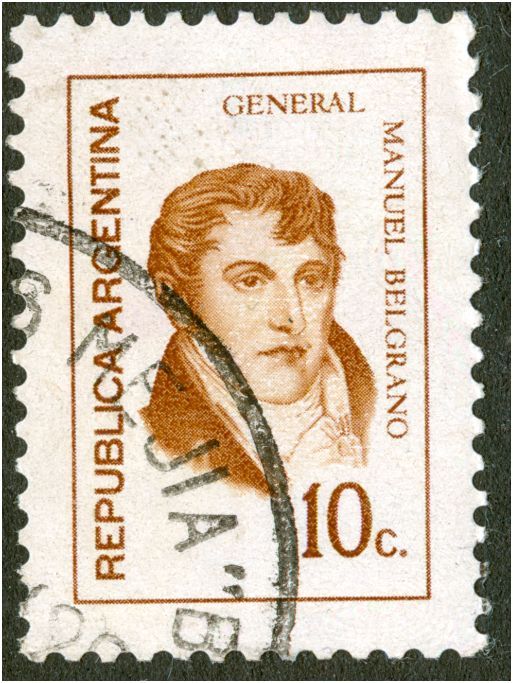"Glansdiagonalen", a word to describe the fact that very often in those days the front of the stamp showed a set of diagonally crossed lines at different angles! Mainly to be found on coated papers manufactured by Harrison and Sons, Ltd, in England.
The structures of lines were only visible when you let a light source fall by oblique light on the surface of our stamp. Other philatelists preferred to ridiculize me for having seen such phenomenon!
I did describe that phenomenon for Dutch stamps for years until after the 1980-ies it became more difficult to find them OR my own eye-sight got worse and worse
I am very pleased to see Argentinean philatelist to have re-discovered it - a great "chapeau" for mr Solari in his "Parecen on iguales, son diferentes" where he described several stamps around 1970 without watermark but also with watermark Casa de Moneda having a paper both "liso" and "cuadrillé"!


